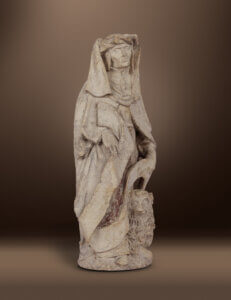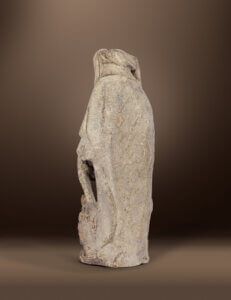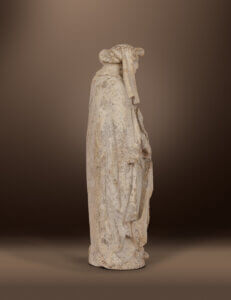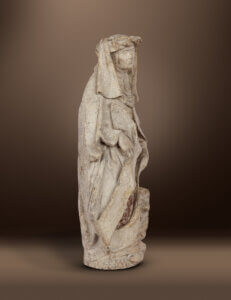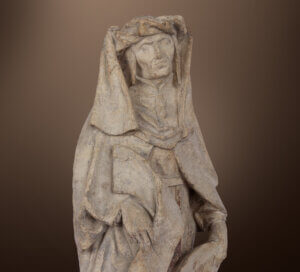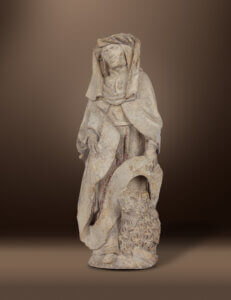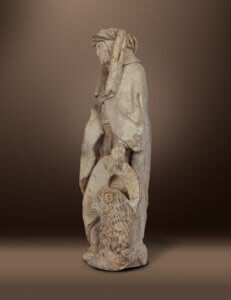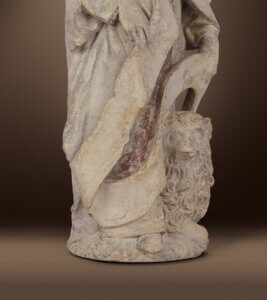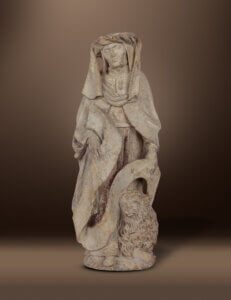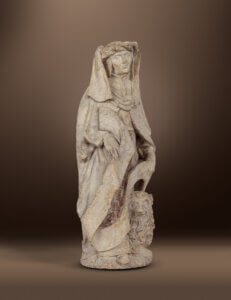The man with the holy name!
Everyone knows St. Jerome (347 Stridon, Croatia – 420 Bethlehem), one of the most important church fathers of antiquity. It is hardly known that Jerome means “holy name” and that he was one of the most prolific authors of late antiquity. His biography reads like an exciting narrative.
Jerome is one of the most captivating figures of Christian antiquity. He possessed an almost morbid sensibility, a loving and passionate heart, was jealous, suspicious, excitable, vindictive, and intemperate in his polemics. But he was also passionate in his love for the Church and in defense of Catholic truth. He united in himself the ascetic and the scholar. With Augustine, Jerome is the most learned of the Latin Church Fathers.
In addition to his grammatical and rhetorical education, Jerome possessed a knowledge of languages (Latin, Greek, Hebrew) that was unique for that time, as well as geographical, archaeological and literary knowledge. He had recognized the value of original texts and his achievement as a translator is extraordinary. His main achievement for the Church remains the creation of the Vulgate (Latin translation of the Bible). His influence on the culture of the Middle Ages was deep and lasting.
He is patron of:
Croatia, Dalmatia and Lyon,
of pupils, students, teachers, scholars, theologians, translators, proofreaders,
theological faculties, scientific associations, Bible societies and ascetics, but also against eye diseases.
The representations of Jerome are still very much in demand today. Two-dimensional as paintings, these are 15. and 16th century more frequently. Very rare as a three-dimensional sculpture! This extraordinary sculpture of St. Francis of Assisi. Hieronymus convinces with a high artistic quality. It was executed in limestone by a master craftsman and remains of the polychromy are still present.
The saint is depicted standing, holding a curved banner in his hands. He gazes forward, lost in thought, past the viewer on the left. The heavy headgear, a kind of rolled-up cardinal’s hat, leaves only the face exposed and emphasizes Jerome’s pensive expression. The ends of the hat are naturalistically draped around the head and upper body. The saint is also wearing a cloak buttoned up in front of his chest over what was probably originally a silver-plated habit. A cute lion sits at his feet. According to legend, the saint pulled a thorn out of the lion’s paw, after which it remained at his side. This is why the animal is often shown as an attribute of Jerome. The banderole frames the lion, which interacts with the viewer and looks straight at them. His thick, long hair is typical of the time. The lion depiction is stylistically comparable to the keystone of the Lion of St. Mark from 1497, which is attributed to Jan Eerstenszoon van Schayck (ca. 1470-1527) from Utrecht (Victoria and Albert Museum, London, inv. no. A.15-1945).
The condition is very good and according to the age museum. Such magnificent works are special rarities today and hard to find.
Literature:
Dagmar Preising and Michael Rief, Medieval Sculptures from Utrecht 1430-1530, Utrecht/Aachen 2012.
LINKS:
https://collections.vam.ac.uk/item/O71502/the-lion-of-st-mark-roundel-schayck-jan-van/
